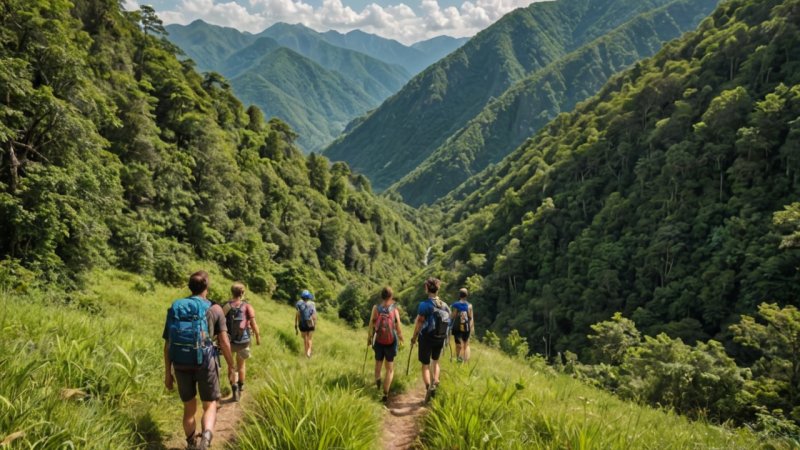In recent years, eco-adventure tourism has surged in popularity as travelers seek to explore the great outdoors while minimizing their impact on the environment. This trend reflects a growing awareness of ecological issues and a desire for more meaningful travel experiences. Eco-adventure tourism combines thrilling activities with a focus on conservation, making it a perfect choice for adventurous souls who care about the planet.
One of the key drivers behind this rise is the increasing concern for the environment. As climate change and habitat destruction become more pressing issues, travelers are looking for ways to engage with nature responsibly. Eco-adventure tourism allows individuals to immerse themselves in natural settings while supporting local communities and conservation efforts. Activities such as hiking, kayaking, and wildlife observation provide adrenaline rushes while also fostering an appreciation for the ecosystems being explored.
Popular destinations for eco-adventure tourism include Costa Rica, New Zealand, and the Canadian Rockies. These regions are renowned for their stunning landscapes and diverse wildlife. In Costa Rica, for example, travelers can hike through lush rainforests, zip-line through canopy systems, or take part in turtle conservation programs. New Zealand offers breathtaking fjords and mountains perfect for hiking and bungee jumping, while the Canadian Rockies provide opportunities for skiing and wildlife watching.
When planning an eco-adventure trip, there are several tips to keep in mind. First, choose eco-friendly accommodations that prioritize sustainability. Look for lodges or hotels that employ green practices, such as using renewable energy sources, minimizing water usage, and sourcing food locally. Secondly, opt for guided tours led by local experts who emphasize conservation and respect for nature. These guides often share invaluable insights about the local ecosystem and cultural heritage.
Moreover, ensure that your activities are low-impact. For example, consider kayaking instead of motorboating to minimize noise and pollution, or hiking instead of driving to reach scenic viewpoints. Always follow the principles of Leave No Trace, which encourage travelers to minimize their impact on the environment. Pack out what you pack in, stay on marked trails, and avoid disturbing wildlife.
In conclusion, the rise of eco-adventure tourism represents a significant shift in how travelers engage with the world around them. By combining adventure with ecological consciousness, travelers can experience the thrill of exploration while contributing positively to the environment. As more people embrace this trend, the potential for meaningful connections with nature and local communities will only continue to grow, making eco-adventure tourism a fulfilling choice for any wanderer.






